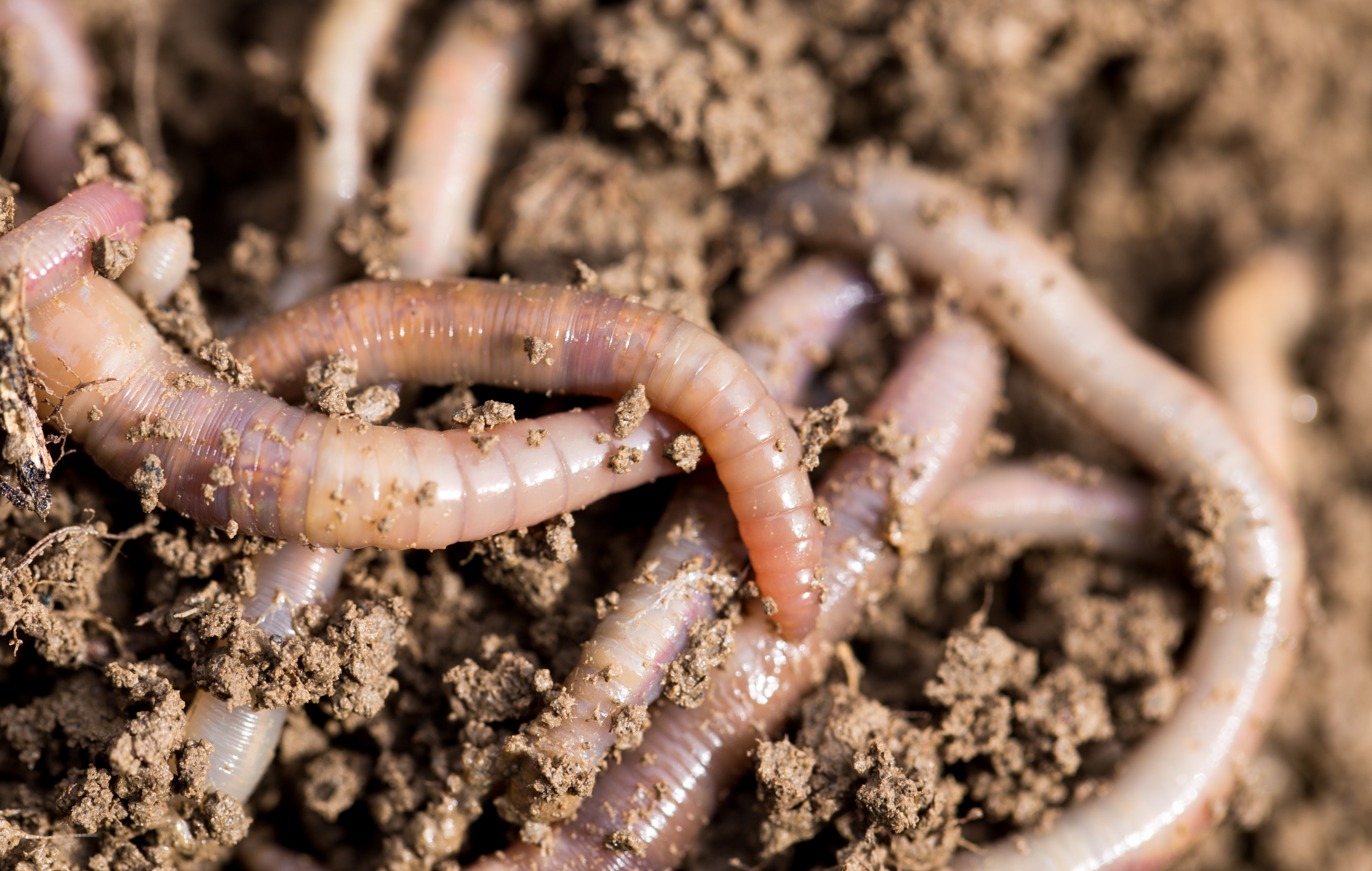Red Wiggler Worms - All-natural Solution for Eco-friendly Composting
Red Wiggler Worms - All-natural Solution for Eco-friendly Composting
Blog Article
Red Wiggler Worms Demystified: Unlocking the Tricks of Vermiculture for Greener Living and Nutrient-Rich Dirt
In the world of lasting techniques for enriching soil top quality and advertising eco-conscious living, red wiggler worms play a pivotal yet commonly overlooked function. These humble creatures possess the impressive capacity to change natural waste into nutrient-rich castings that function as a potent natural plant food. By delving into the world of vermiculture, one can discover a myriad of advantages that expand much past conventional composting techniques. Comprehending the intricacies of taking care of these worms, enhancing their atmosphere, and utilizing their castings can result in a greener lifestyle and healthier soil for plants to flourish.
The Function of Red Wiggler Worms
Red Wiggler worms play a vital function in composting systems by effectively damaging down raw material into nutrient-rich castings. These ravenous eaters consume a selection of organic products, such as kitchen area scraps, backyard waste, and paper products. As they feed, the worms' digestive system processes damage down the organic matter right into a fine, dark, and nutrient-dense material understood as worm castings or vermicompost.
The castings generated by Red Wiggler worms are highly advantageous for dirt health and plant growth. They are abundant in vital nutrients like phosphorus, potassium, and nitrogen, which are essential for supporting healthy plant advancement. In addition, worm castings have useful microorganisms and enzymes that help enhance dirt framework, increase water retention, and enhance nutrient uptake by plants.
Benefits of Vermicomposting

Furthermore, vermicompost, the nutrient-rich output of vermicomposting, functions as an exceptional organic fertilizer and soil conditioner. It enhances soil structure, enhances dirt aeration, and increases soil dampness retention. These residential or commercial properties add to healthier plants with more powerful root systems and far better resistance to insects and diseases. Vermicompost additionally enriches the dirt with important nutrients like phosphorus, potassium, and nitrogen, promoting plant development and overall soil fertility.
In addition, vermicomposting assistances lasting gardening practices by offering a all-natural and chemical-free alternative to artificial plant foods. Red Wiggler Worms. This eco-friendly strategy not just enriches the soil however additionally helps in reducing dependence on dangerous chemicals, promoting a greener and extra sustainable means of gardening
Establishing a Worm Bin
When developing a worm container for vermicomposting, correct configuration is important to guarantee the success of the composting procedure. The very first step in setting up a worm bin is choosing an ideal container.
After including the bed linens, introduce the red wiggler worms to the bin. The worms should then be provided with food scraps such as fruit and vegetable peels, coffee grounds, and eggshells.
Consistently keep track of the dampness levels and temperature in the worm container to make sure optimal conditions for Full Report the worms. With correct configuration and upkeep, the worm container will properly transform organic waste into nutrient-rich garden compost for your plants and garden.
Harvesting Worm Castings
To efficiently gather nutrient-rich worm spreadings from your vermicomposting system, a systematic harvesting technique is crucial. When it comes time to harvest the worm castings, there are a few essential steps to comply with to make sure a successful procedure.

Troubleshooting Common Issues
Recognizing and attending to typical obstacles that might develop throughout the vermicomposting process is essential for maintaining a effective and healthy and balanced worm bin. One common problem that vermicomposters experience is overfeeding. Including excess food scraps can lead to an accumulation of dampness and level of acidity in the worm bin, possibly harming the worms. To stop this, feed the worms in moderation, making certain that the food scraps are adequately broken down prior to including a lot more. An additional issue is unpleasant smells originating from the worm container. Foul smells suggest anaerobic conditions, generally triggered by overwatering or inadequate air Read Full Article flow. To fix this, change the dampness degrees by adding dry bed linen products like shredded newspaper or cardboard and increase oygenation by turning the bed linens consistently.
Furthermore, if the worm population is decreasing or the worms show up undesirable, maybe as a result of ecological stress factors such as severe temperature levels or pH levels. Keeping an eye on these aspects and making essential adjustments is crucial for the health of the worms. By fixing these common problems quickly, vermicomposters can guarantee a smooth and successful vermicomposting process while preserving a growing worm populace.

Conclusion
To conclude, red wiggler worms play a vital function in vermiculture by breaking down natural matter into nutrient-rich soil. The advantages of vermiculture consist of greener living and enhanced dirt top quality. Setting up a worm bin is necessary for successful vermiculture, and harvesting worm castings provides beneficial garden compost for horticulture. By comprehending and repairing typical issues, individuals can open the tricks of vermiculture for lasting living and healthier dirt.
As they feed, the worms' gastrointestinal procedures damage down the natural issue into a penalty, dark, and nutrient-dense product recognized as worm spreadings or vermicompost.
The spreadings produced by Red Wiggler worms are very advantageous for dirt health and plant development. Including excess food scraps can lead to a buildup of wetness and level of acidity in the worm bin, possibly hurting the worms.Additionally, if the worm population is decreasing or the worms appear harmful, it might be due to ecological stressors such as severe temperature levels or pH degrees. Setting up a worm container is important for effective vermiculture, and collecting worm spreadings supplies useful garden compost for gardening.
Report this page